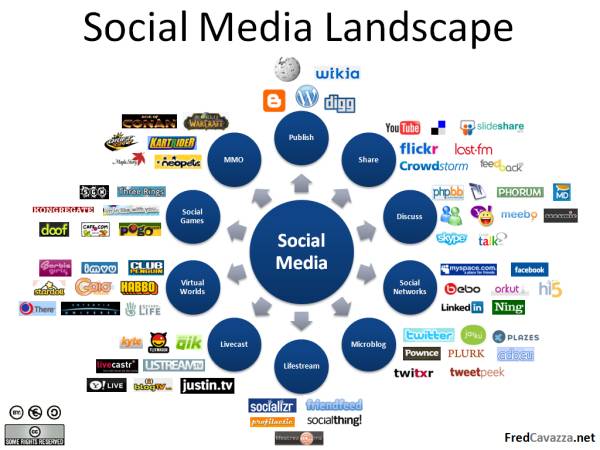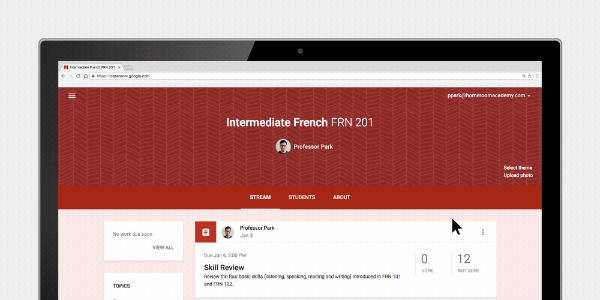An Introduction to Critical Thinking Using Videos
This week I have focused on thinking (and writing) about critical thinking. One point of entry to learning about critical thinking or one way to incorporate some of it in your teaching would be to view and use this playlist of critical thinking videos.
Here is a sample:
You might also look at this article on using critical thinking in schools.
There are many online videos that offer an opportunity to talk about topics in critical thinking. Want to address the topic of argument? How about using Monty Python?
You could also teach logic via this twisted logic of Sir Bedivere leading the villagers down a path to determining whether or not a woman is a witch.
And now for something completely different, let us take the example of understanding probability. One general theory of probability is Bayes’ Theorem, named for the 18th century statistician and philosopher Thomas Bayes. In probability theory and statistics, Bayes’ theorem describes the probability of an event, based on prior knowledge of conditions that might be related to the event.
Confused? For example, if Alzheimer's disease is related to age, then, using Bayes’ theorem, a person’s age can be used to more accurately assess the probability that they have the disease. Baye's theorem can be applied across a range of disciplines and it is a way of understanding what it means to think rationally.


